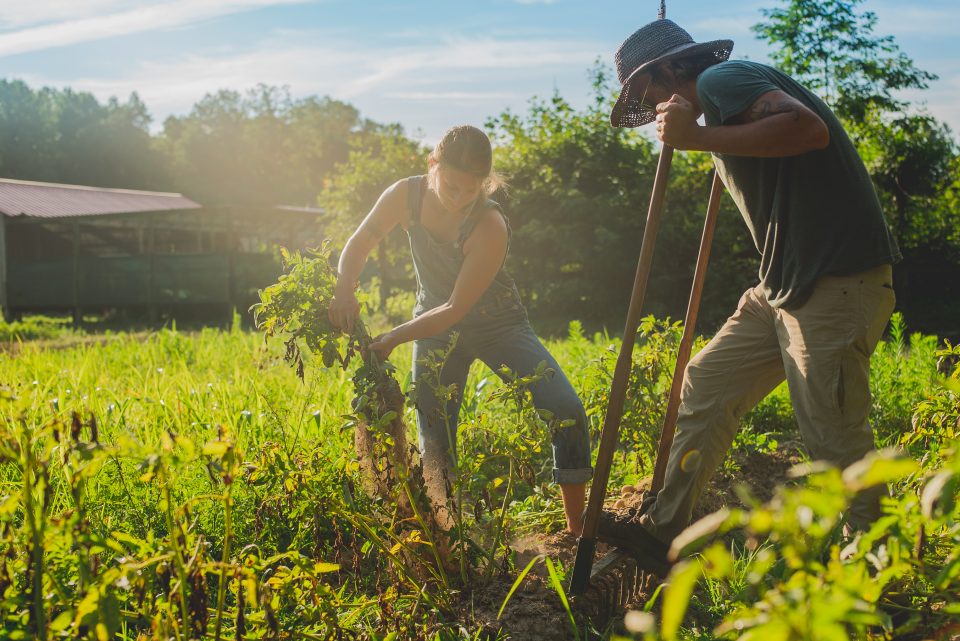Our Blog-Lessons
1–2–3–4–5–6–7–8–9–10–11–12–13–14–15–16–17–18–19 –20 –21–22–23–24–25–26–27–28–29–30–31–32–33–34– 35–36–37–38 –39–40–41–42–43–44–45–46–47–48–49–50– 51– 52–53 –54– 55–56 –57–58
Healthy (Happy) Human Relationship definitions are primarily paraphrased from the Marion-Webster Dictionary online.
Age of Consent: the age when one is legally competent to consent to marriage and sexual intercourse
Agemate: someone of the same age; from Lovemaps.
Air: one of the four elements, representing intellect and communication
Authentic: true to your personality, spirit, and character
Binary: made of two parts or things; a number system based on zero and one; dividion into two things which are considered opposites
Caring (2): having a liking, or fondness; feeling trouble or anxiety; having an inclination; feeling interest or concern
Carnal: relating to bodily appetites and pleasures
Chromosome: a rod/thread like part of the DNA
Consent: verb and noun; verb to give approval, to agree; noun agreeing as an action or statement
Continuum : a whole which is expressed as a collection, sequence or progression
Cursor: a visual cue (like a blinking vertical line) on a digital display that show position and asks for input
DNA: any variety of nucleic acids, which are the basis for hereditry
Earth: one of the four elements, representing the phisical and material aspect of beingness.
The Elements: a system of representation in western society which includes: earth, water, air and fire.
Equal: to be like in status, nature, or quality, for each member of a couple, group, or society
Estradiol: a natural estrogenic hormone; it is a phenolic alcohol C18H24O2 and is secreted the ovaries
Expression: the act or process and instance of representation
Female: a female person; a person who identifies as female; a woman or a girl; often an idiviual that is capable of producing eggs; a plant with only pistils or pistilate flowers
Femininity: the quality and degree of being womanly/ „female like“ according to your surroundings
Fetish: here – slang or common adjective to describe intimate activities which are outside of standard social intimate activities, including but not limited to: bondage, S/M, role play, etc. For more information or details: contact me
Fetishism: here: the eroticizing of an aspect or single quality of a person to a sexual fetish
Fire: one of the four elements, representing passion, creativity and energy
Flank: the fleshy parts of the body between the ribs and the hips
4 Real: serious and/or legitimate
Gender: behavioral, psychological and cultural features that are associated with being either female or male.
Habit: an acquired behavior which has become involuntary
Happy: to enjoy or being well and content
Healthy: an adjective meaning “…beneficial to one’s physical, mental or emotional state: conducive to or associated with good health or reduced risk of disease…”
HHIA Relationship: a relationship between 2 or more adults which includes intimate connections and behavior and promotes being happy and healthy intimate, adult
Human sexual rehearsal: erectile, erotic and sensual behaior that occurs pre-sexual understanding in infants and children – term form LOVEMAPS by John Money.
Human: citizens of planet earth; current evolutionary status of homo-sapiens; person
In Vitro: outside a living body or plant
In Vivo: inside a living body or plant
Intimate: very personal, private, very close contact and familiarity;
Kink: in this context – unconventional sexual interests, desires or behavior
Love: both a noun and a verb used to describe “(1) strong affection for another arising out of kinship or personal ties…”, “(2) …affection and tenderness felt by lovers…” and “…2 a: to feel a lover’s passion, devotion, or tenderness for…”. *
Lover: a sexual and/or romantic partner
Lucid: awake, aware, able to make decisions; having full use of your faculties
Masculininity: the quality and degree of being manly/ „male like“ according to your surroundings
Male: a male person; a person who identifies as male; a man or a boy; often an idiviual that is capable of fertilizing the eggs of a female, a plant with stamens and no pistils
Material Plane: a physical level of consciousness, development or existence; the physical world we live in
Nail Varnish: british – an opaque or clear liquid used to decorate fingernails and toenails; American – nail polish
Objective: an adjective – situation or condition without distortion by interpretations or prejudices
Objectification: the act of treating someone as an object
Obsession: here: persistent preoccupation with an unreasonable feeling or idea
One night stand: a sexual encounter limited to once (one-night), most often with a stranger or someone you have just met.
Partner: a person one in intimate relationship, one half of a couple
Pliable: able to bend freely and/or repeatedly without breaking
Potent: having force or influence; able to copulate
Potency: capacity to achive a result
Potential: existing in possibility; able to develop
Progesterone: a female steroid sex hormone C21H30O2
Relationship: a connection binding participants, a romantic or loving attachment.
REM: Rapid Eye Movement – Sleep pattern associated with dreaming
Ritual: 2a: ritual observance; b: a ceremonial act/action c : an act or series of acts regularly repeated in a mindful manner; 1: established form – ceremony specifically: the order of words and actions established for religious ceremony
Romance: a love affair – Check out the other definitions as well!
Safety: being safe from experiencing or causing harm, hurt, injury, or loss
Similitude: a counterpart, correspondence in kind, type or quality; a point of comparison, perpective
Sound mind and body: a healthy mind and body; unimpaired thought and understanding for oneself and one’s actions; intellectually and physically competent
Spouse: married partner of any gender
Taboo: here: a ban due to social customs, morals, values or as a protective system
Titilation: excite pleasurably, be fun
Testosterone: a hormone that is a hydroxy steroid ketone C19H28O2 produced especially by the testes
Torture: to cause suffering; to torment
Turn-on: slang for things you find attractive
Turn-off: slang for things you find unattractive
Unfettered: free from constraint, control or restrictions
Vulval vasalcongestion: Girls/women experience a correlate reaction of an erection in boys/men. The vaginal walls fill with blood (increased vascular blood flow) and result in swelling and secretion, a wetness.
Water: one of the four elements, representing emotions, feelings and the heart
Your last word: not a word but a signal. Some intimate situations limit the use of words. In this instance signals are agreed upon before the situation begins, to confirm comfort, safety, & consent.
For more information contact me or read more about me.






































